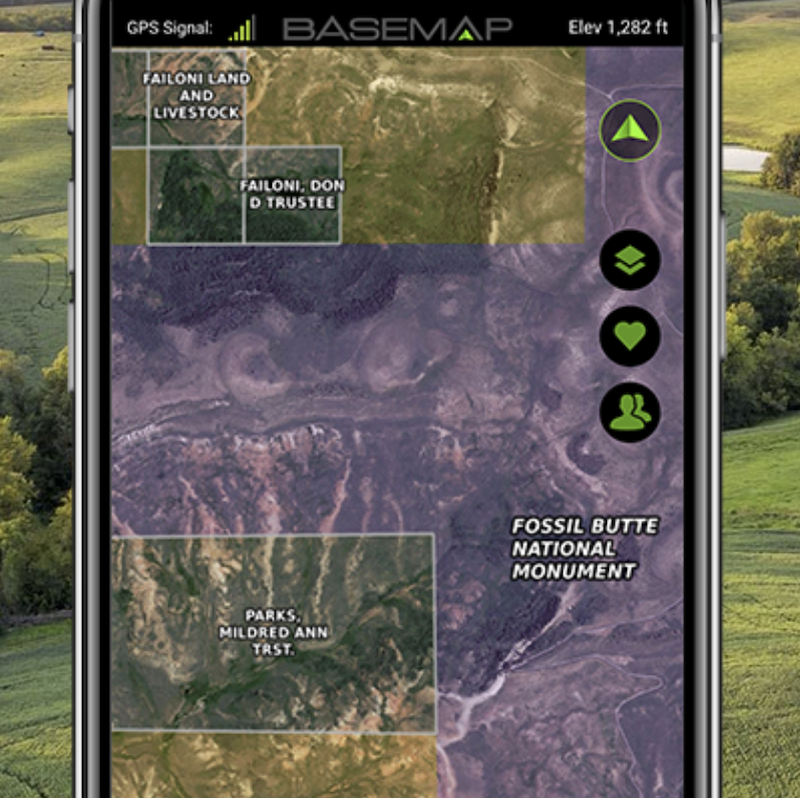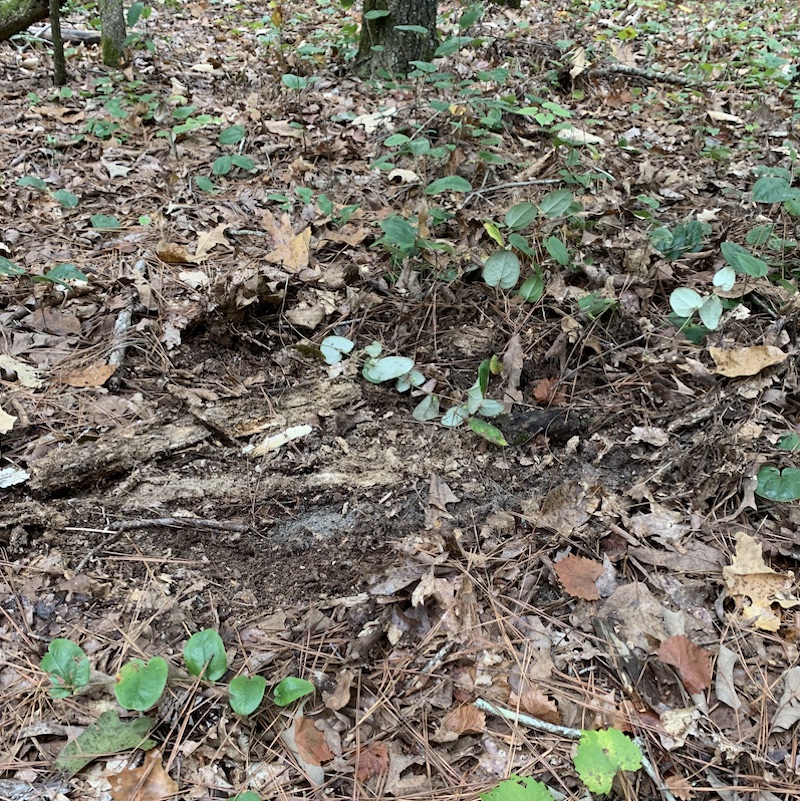Finding public land, scouting it, and filling your freezer with lean protein is a fun process that’s challenging and rewarding. Whether you’re new to hunting public land or simply want to find more properties to hunt, now’s a good time to start.

Find public land via a hunting app and check out the area. Photo Credit: BaseMap
Start your search for public hunting land with a laptop computer while resting on your couch. Nearly all wildlife agencies provide easily accessible information about public hunting lands. Several types of land are publicly owned, ranging from federal and state-owned properties, to privately owned parcels leased to the state for hunting and other recreation. Some states even highlight this information in free online maps with an index.
Other digital mapping applications like OnX Hunt and BaseMap show property boundaries and ownership details. These apps rely on GPS data, and let you add waypoints with your cell phone. These reasonably priced apps also give hunters peace of mind while scouting and navigating properties, and provide resources for organizing and storing scouting information.
When e-scouting from home, look for properties with access routes that let you enter undetected. Easements, waterways and gated roads help hunters avoid detection by deer. Such entrances also get overlooked by hunters who expect to find parking lots and manicured paths. Public properties with ample parking and extensive hiking trails tend to increase hunting pressure, making hunts more challenging. Once you finish your digital scouting, it’s time to put boots on the ground.

Visit the site to see if any other hunters have already set up equipment and check for deer bedding areas. Photo Credit: ATA
Identifying potential hunting sites with online maps is just the first step in scouting public lands. To consistently find deer, you must craft a scouting plan, and visit sites you identified by e-scouting. Look for rubs, scrapes and deer trails that connect bedding areas to feeding areas. Add and adjust your waypoints accordingly. Also look diligently for hunter sign. If you find treestands, trail markers, or other signs of hunters, you should expect to share those sites with others come fall.
Even so, don’t be discouraged. Hunters don’t spread themselves evenly across the landscape. If you’re hunting 3,000 acres of public land, you might find roughly 1,000 acres laced with hiking trails and lots of human activity, and another 500 acres with moderate signs of hunting pressure. Eliminate those areas from your plans, and narrow your focus to premier real estate where deer feel comfortable in daylight.
Think creatively to find hidden hotspots. If you hunt near water, consider paddling to your treestand in a kayak or canoe. A short paddle can separate you from nearly every other hunter. But don’t overlook places near roads or parking areas. Some areas get overlooked by most hunters, who hike right past the best cover 100 yards away.
Make the most of your scouting efforts by picking several hunting sites. Learn their entry and exit routes. If someone else hunts nearby, you’ll have plenty of options while respecting your fellow hunter’s area.
Public lands are among our nation’s greatest resources. We all equally own these incredible landscapes, whose 640 million acres are spread unevenly across all 50 states. Whether you find a new place to hunt this fall, or add adventure to your hunts by paddling into a remote river bottoms, you’ll find endless ways to enjoy your public lands.